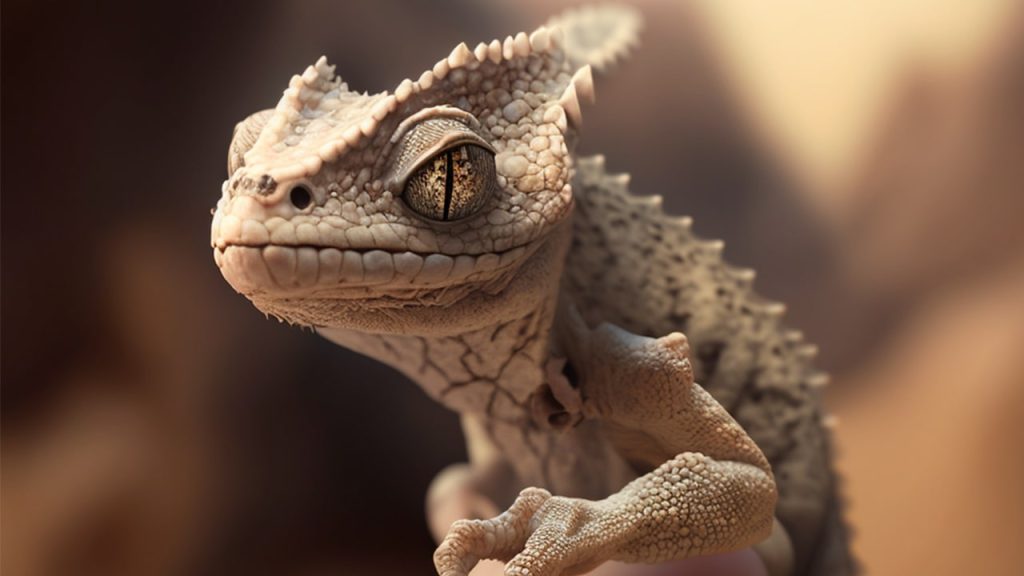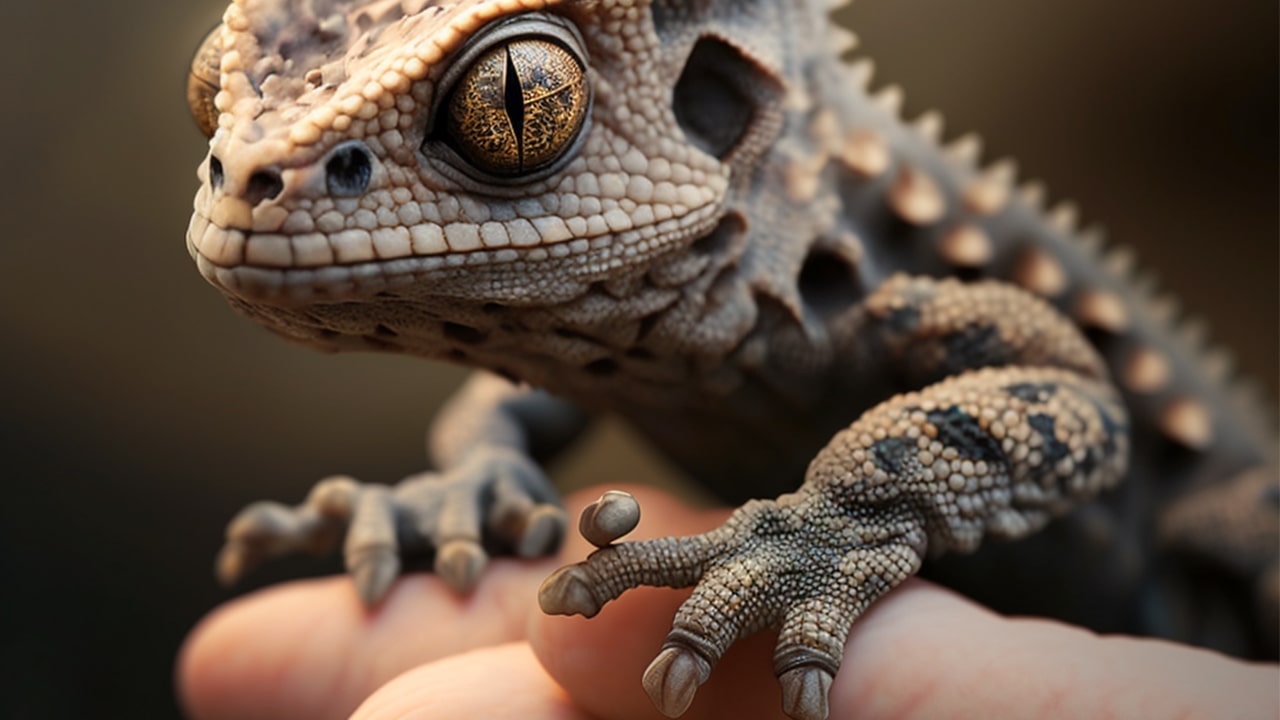If you’re a reptile enthusiast looking for a unique and striking pet, the Phantom Gargoyle Gecko is an excellent choice. This reptile, also known as Rhacodactylus auriculatus, is a relatively new species in the pet trade. As their name suggests, these geckos have a unique appearance, which makes them stand out among other gecko species.
In this comprehensive guide, we will provide you with all the information you need to know about the Phantom Gargoyle Gecko. From their habitat, diet, behavior, and how to care for them, we’ve got you covered. So, let’s dive in!
Contents
Habitat and Natural Range
Phantom Gargoyle Geckos are native to the southern part of New Caledonia, a French territory located in the Pacific Ocean. They inhabit the dense rainforests of this island, where they live among the trees and foliage.
In captivity, Phantom Gargoyle Geckos require a spacious enclosure that mimics their natural habitat. A terrarium with a size of at least 20 gallons is recommended for a single adult gecko. However, larger enclosures are preferred to provide enough space for your gecko to climb, explore, and feel comfortable.
Substrate
When it comes to substrate, the Phantom Gargoyle Gecko requires a soft and absorbent bedding. A combination of coconut coir, sphagnum moss, and bark is recommended. These substrates will retain moisture and help maintain the required humidity levels in the enclosure.
Temperature and Lighting
Phantom Gargoyle Geckos are nocturnal creatures that require a temperature range between 72°F to 80°F during the day and 65°F to 72°F at night. They do not require any special lighting, but a 12-hour light-dark cycle is necessary to maintain a natural day-night rhythm.
Humidity
Maintaining the right humidity level in your gecko’s enclosure is crucial for their health. The recommended humidity range for Phantom Gargoyle Geckos is between 60% to 80%. Mist your gecko’s enclosure with water once or twice a day to maintain the desired humidity level.
Diet
In the wild, Phantom Gargoyle Geckos are opportunistic feeders, which means they will eat almost anything that they can catch. In captivity, they should be fed a varied diet of crickets, mealworms, waxworms, and other insects. Additionally, it is recommended to provide a commercial gecko diet that contains all the necessary vitamins and minerals to supplement their diet.
Behavior and Temperament
Phantom Gargoyle Geckos are arboreal and spend most of their time in trees and foliage. They are also nocturnal, which means they are most active at night. They are generally docile and easy to handle, making them an excellent pet for beginners.
Caring for Your Phantom Gargoyle Gecko
Caring for your Phantom Gargoyle Gecko is relatively easy, as long as you provide them with a suitable habitat and diet. Here are some essential tips for caring for your gecko:
- Clean their enclosure regularly to prevent the buildup of harmful bacteria.
- Provide them with plenty of hiding places, such as branches, foliage, and caves.
- Ensure that their enclosure is well-ventilated to prevent respiratory infections.
- Handle them gently and avoid stressing them out.
- Monitor their health regularly, and seek veterinary attention if necessary.
Are gargoyle geckos friendly?
Yes, gargoyle geckos are generally considered friendly and docile pets. They are known for their calm and curious personalities, and they can make great pets for both experienced reptile owners and beginners. Like most reptiles, they can be shy and may take some time to acclimate to their new environment, but with proper care and handling, they can become quite comfortable around humans. It’s important to remember that all animals have their own unique personalities and temperaments, so it’s important to approach each animal with care and respect, regardless of its reputation for friendliness.

Gargoyle Gecko Tank Size
When it comes to gargoyle gecko tank size, it’s important to provide a habitat that is large enough for the gecko to move around and exhibit natural behaviors. As a general rule of thumb, the minimum tank size for an adult gargoyle gecko is 20 gallons. However, it’s important to keep in mind that bigger is always better when it comes to providing an adequate living space for your pet.
If you plan to keep multiple geckos in the same tank, you will need to increase the size of the tank accordingly. A good rule of thumb is to add an additional 5 gallons of space for each additional gecko. For example, if you plan to keep two gargoyle geckos, you will need a tank that is at least 25 gallons in size.
It’s also important to provide plenty of hiding spots and climbing opportunities in the tank, as gargoyle geckos are arboreal animals that enjoy climbing and exploring. You can achieve this by adding branches, vines, and other decorations to the tank, along with a variety of hiding spots such as caves and foliage.
Can Gargoyle Geckos Eat Mealworms
Yes, gargoyle geckos can eat mealworms as part of their diet. Mealworms are a common and nutritious feeder insect that can be easily purchased at most pet stores. However, it’s important to keep in mind that mealworms should not be the only food in a gargoyle gecko’s diet.
In the wild, gargoyle geckos are omnivorous and eat a variety of insects, fruits, and nectar. In captivity, a balanced diet for a gargoyle gecko should consist of a variety of feeder insects, such as crickets, mealworms, and dubia roaches, as well as fruits and commercially available gecko diets.
When feeding mealworms to your gargoyle gecko, it’s important to make sure that the mealworms are gut-loaded with nutritious food, such as fruits and vegetables, before being fed to your gecko. This will help ensure that your gecko receives all the necessary nutrients from its food.
It’s also important to provide a shallow dish of water in the tank at all times, as gargoyle geckos require access to fresh water for hydration.
Gecko Facts – Fascinating Insights into These Amazing Creatures


